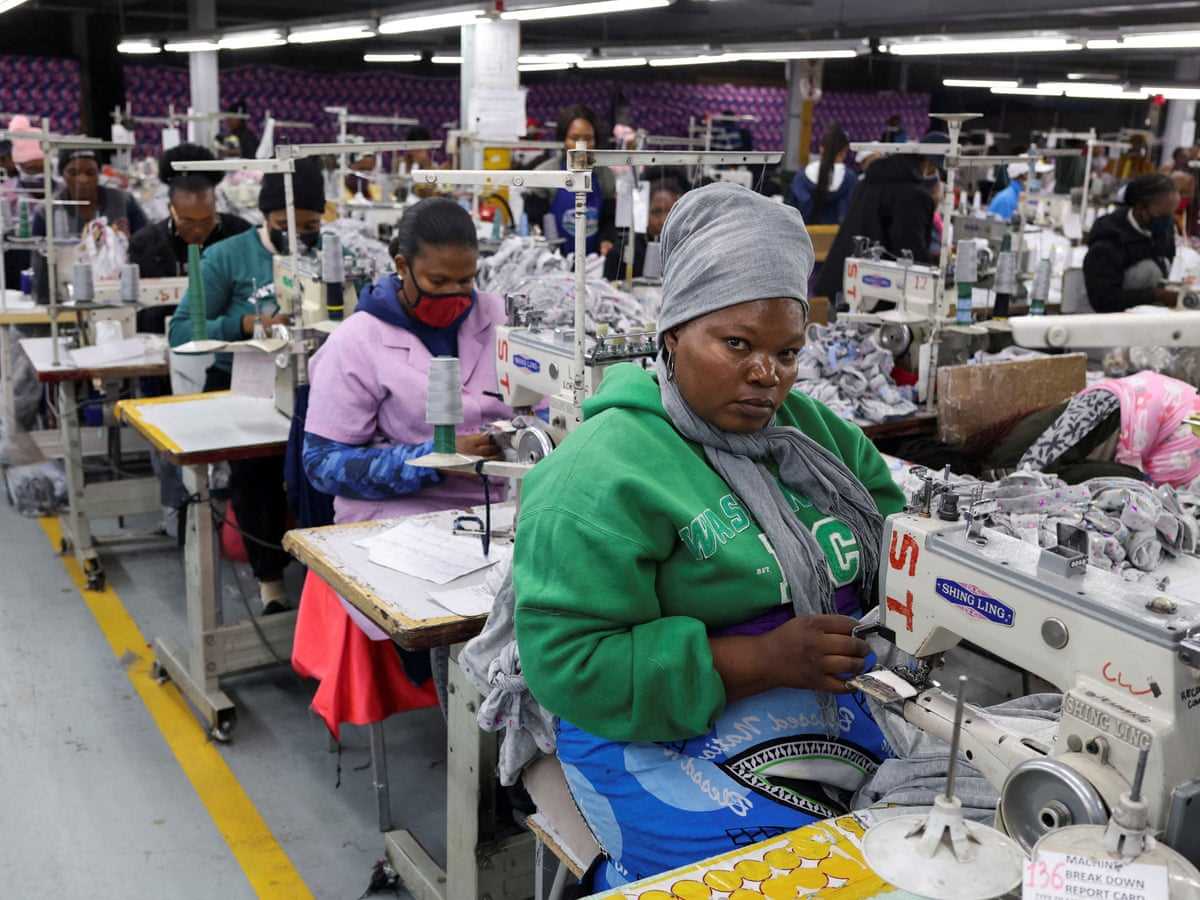
Zim Now Writer
Lesotho’s textile sector, a vital part of its economy, has suffered significant damage due to months of uncertainty over U.S. tariffs, despite a recent reduction in the tariff rate.
Last week, U.S. President Donald Trump issued an executive order lowering the threatened 50% tariff on Lesotho’s exports to 15% — still the highest among U.S. trading partners.
However, industry leaders say the prolonged uncertainty caused cancellations of orders and widespread job losses before the reprieve was announced.
Teboho Kobeli, founder and managing director of Afri-Expo Textiles in Maseru, told Reuters that his company, which produces jeans and garments for major U.S. brands like Levi’s and Walmart, lost about $1 million (R18 million) in annual sales and had to lay off 200 workers — 40% of his workforce — following the tariff threat in April.
“We were on the verge of building our American market,” Kobeli said. “That is a lot lost.”
Related Stories
Lesotho, a small, landlocked nation with a GDP just over $2 billion (R35.98 billion), relies heavily on the textile industry, which employs roughly 40,000 people and accounts for about 90% of its manufacturing exports.
Trade Minister Mokhethi Shelile warned that Lesotho faces stiff competition from African neighbors like Kenya and Eswatini, which face a lower U.S. tariff rate of 10%. He estimated that nearly 12,000 jobs are at risk due to the tariff situation.
The sector depends on the Africa Growth and Opportunities Act (AGOA), a U.S. trade program granting duty-free access to qualifying African countries.
One worker affected by the crisis is 48-year-old Matsoso Lepau, who lost his job at protective clothing maker Leo Garments in April. “I have a big problem because the money I was making is gone,” he said, noting his previous monthly earnings of about $167 (R3,005). Lepau remains hopeful that job opportunities will return under the reduced tariff rate.
Kobeli expressed cautious optimism that business could recover now that the tariff has been reduced to 15%. He added that the uncertainty around U.S. trade policy had caused global hesitation among buyers and investors, but with the new tariff level, negotiations and planning have resumed.
“It was a global problem; even buyers in America were stagnant as they did not know where to go,” Kobeli said. “Now with the 15%, we are starting to talk again. It’s not like we were affected alone.”

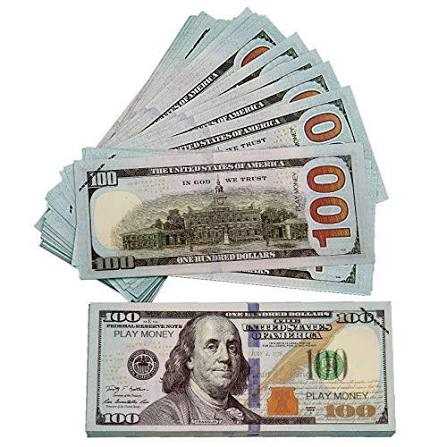



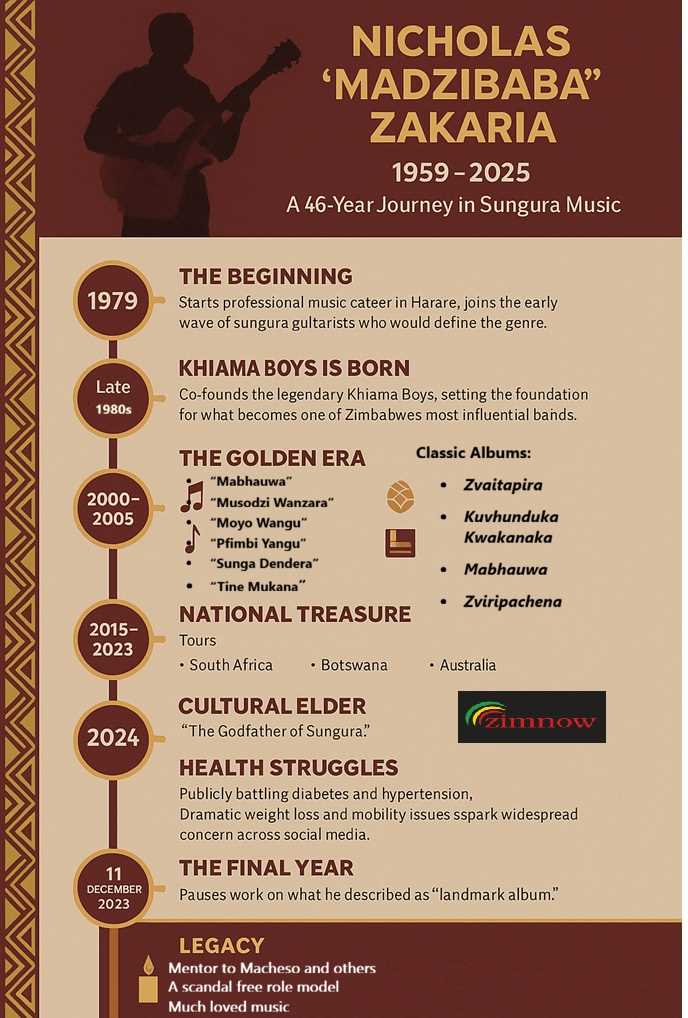








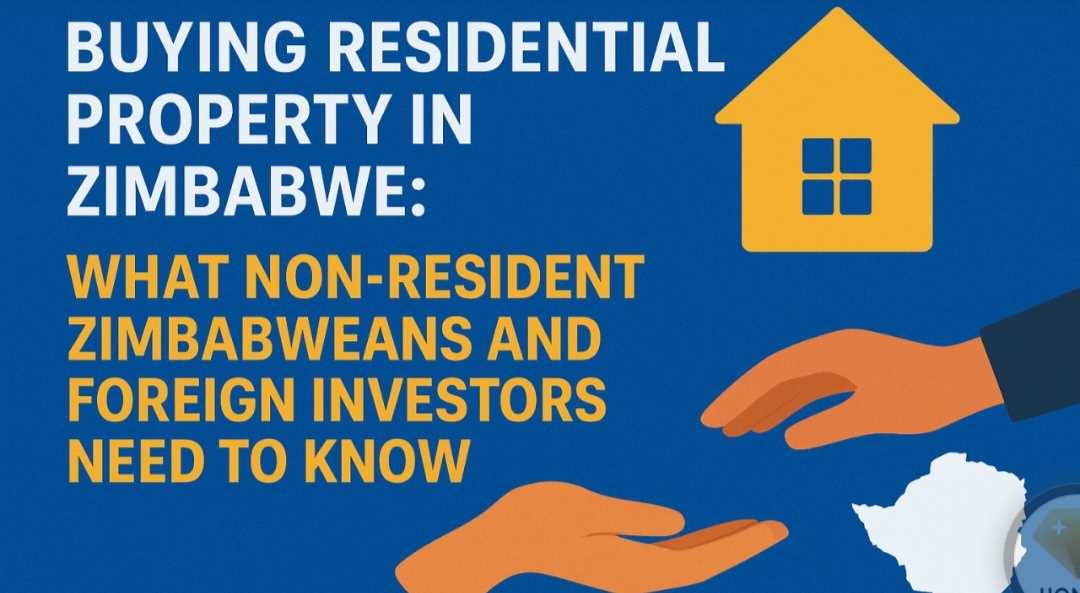

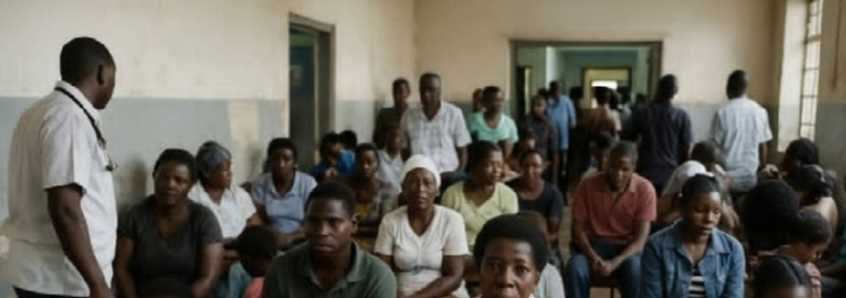
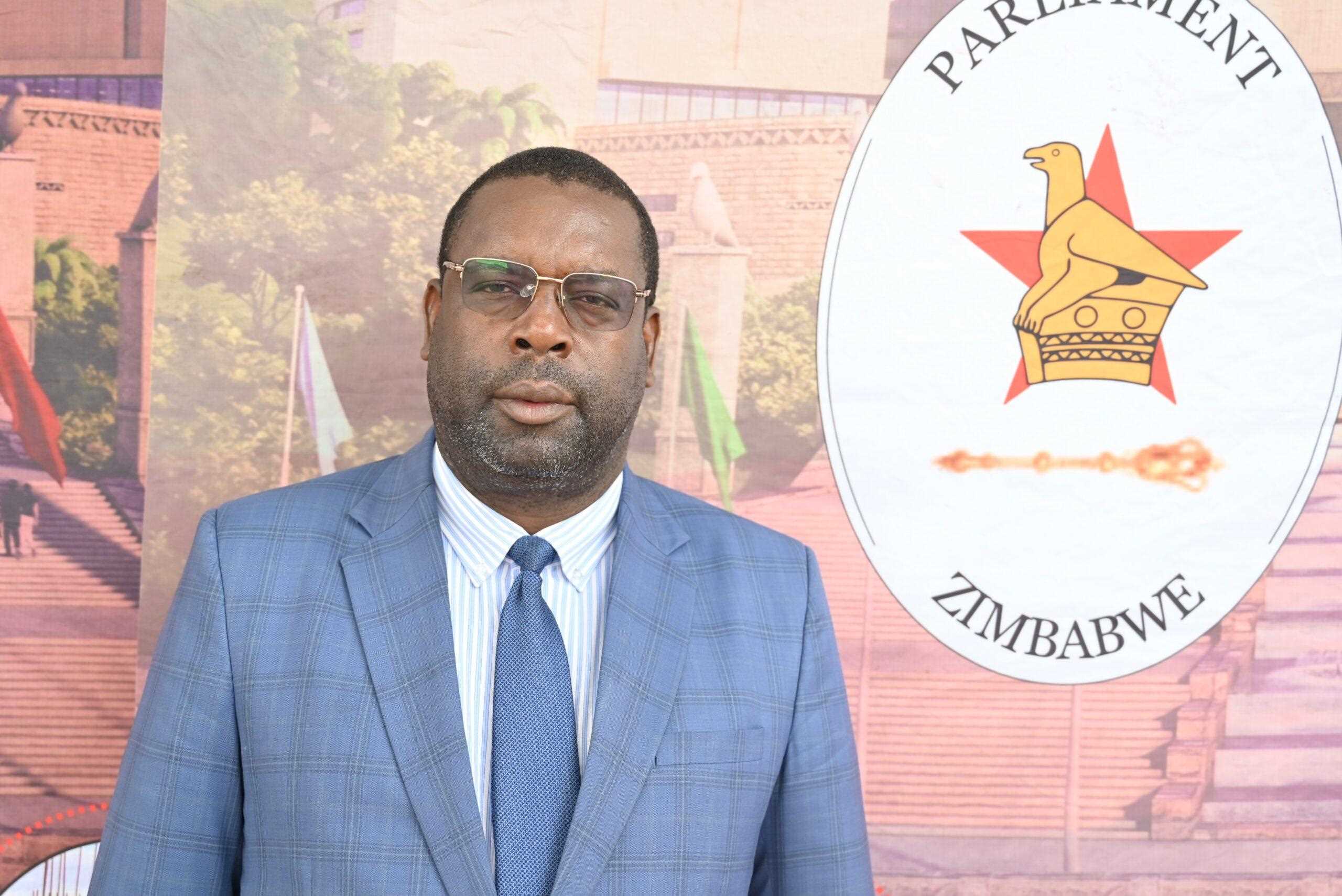


Leave Comments